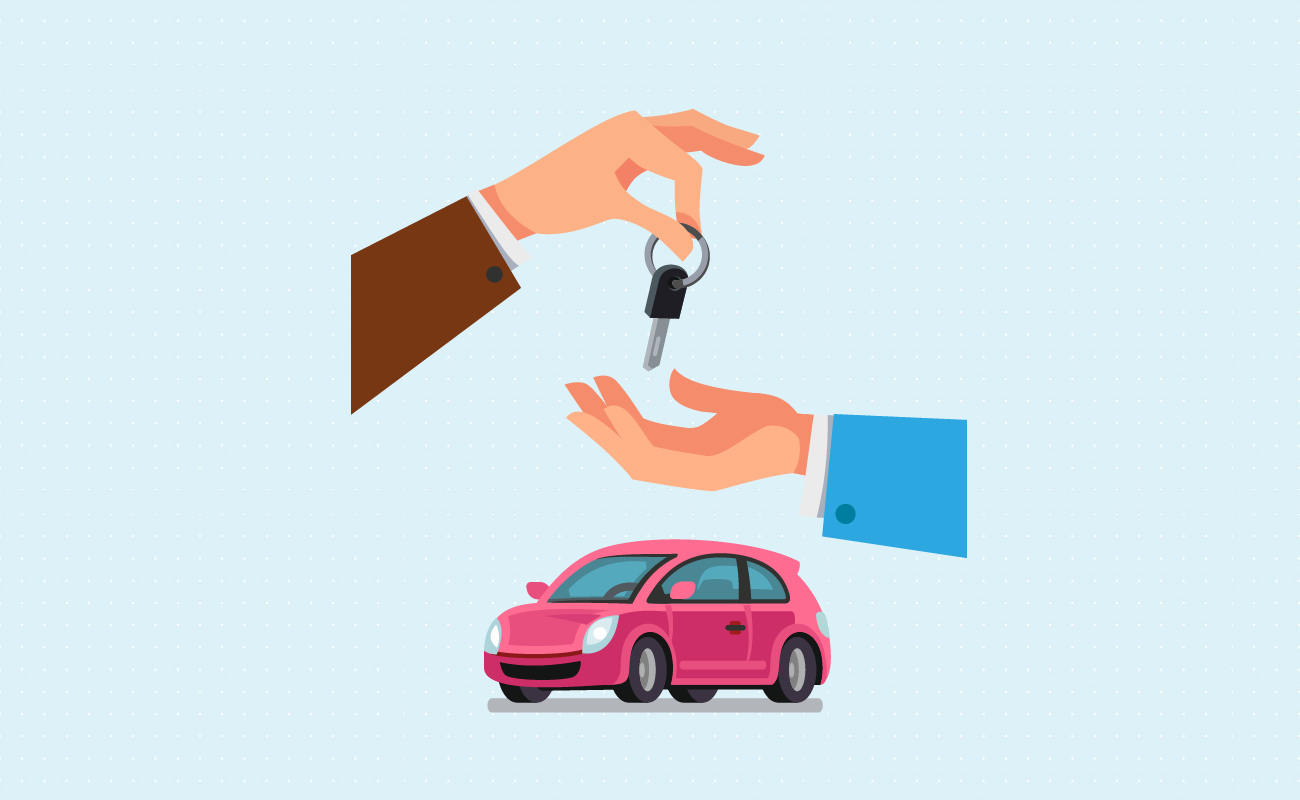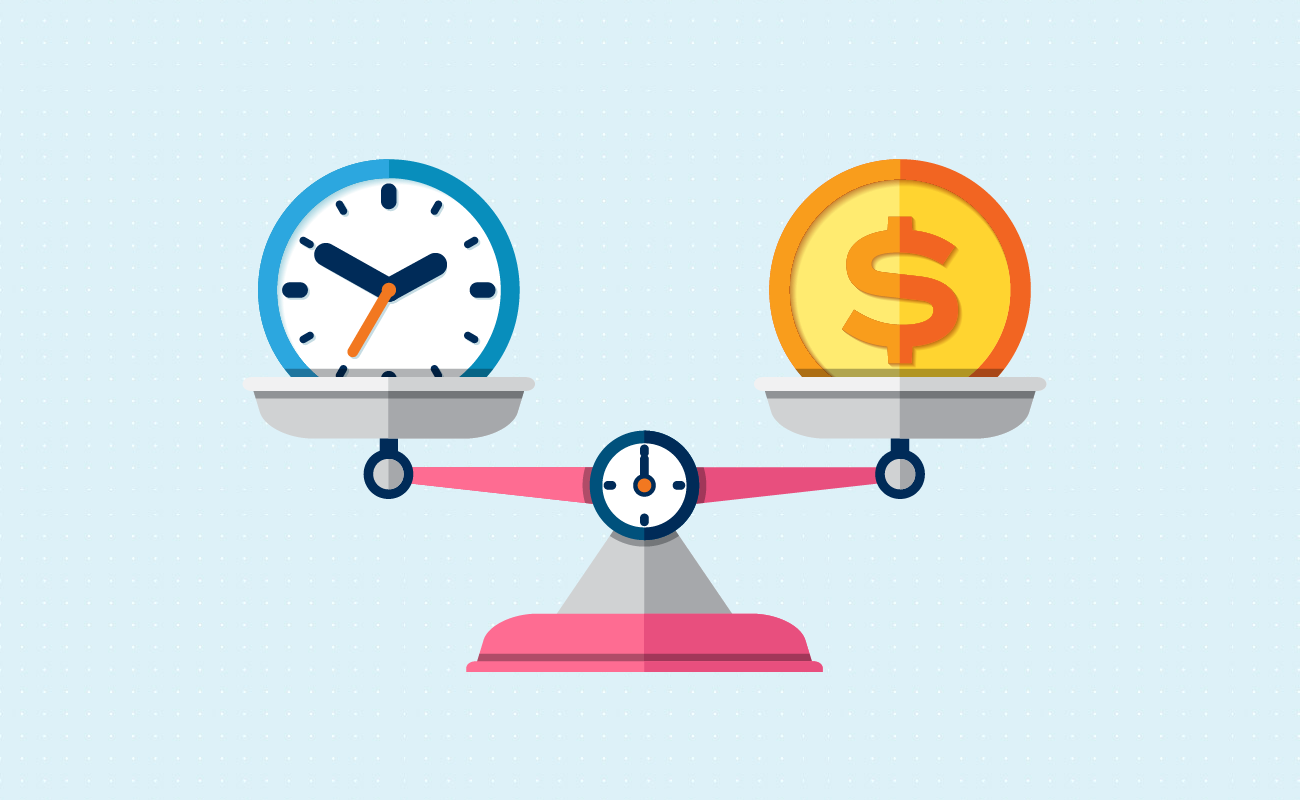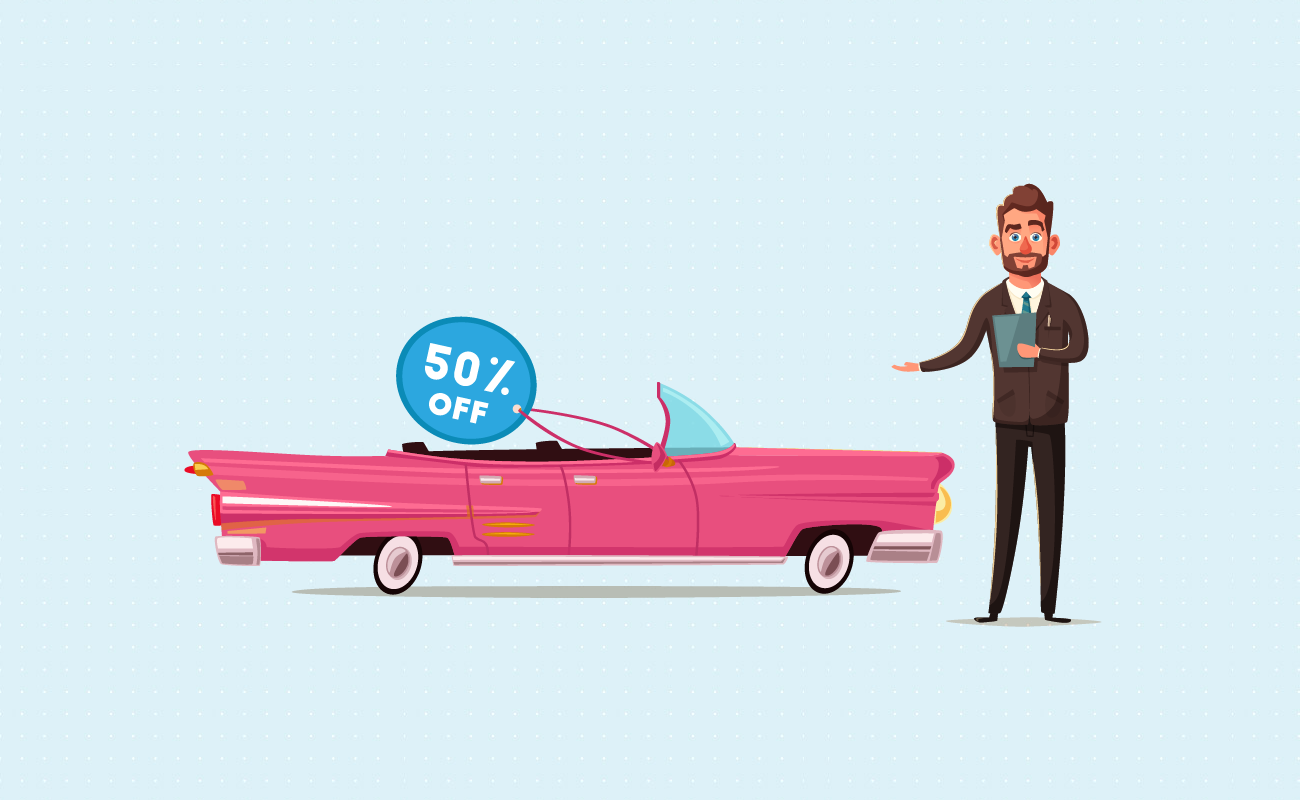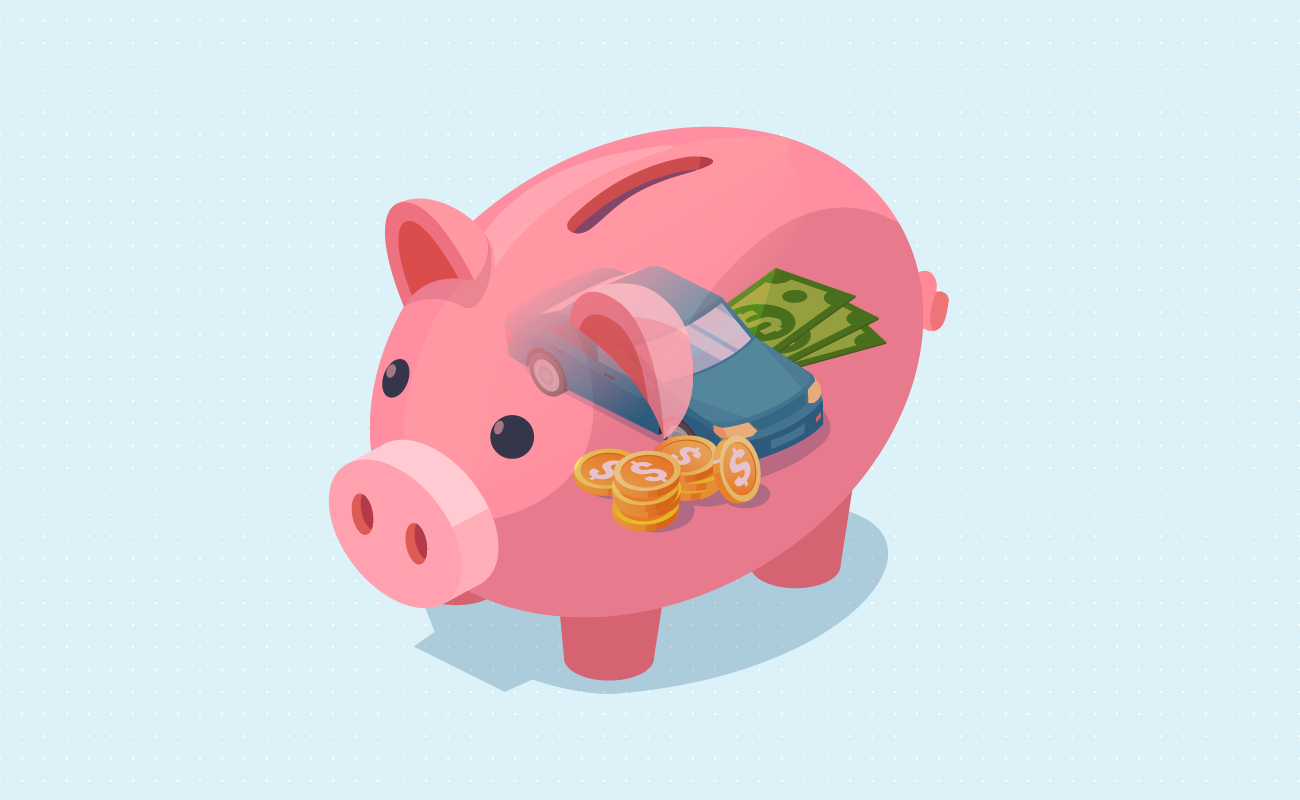Auto Loans
Affordability
Loan Payment Options
Biweekly Payments
Compare Rate & Term
Rebate vs Low Interest
Home Equity Loans
Lease or Buy
 Biweekly Car Payment Calculator
Biweekly Car Payment CalculatorThis interactive web calculator shows car ownes how much their biweekly vehicle payments will be and how much interest they will pay using biweekly payments instead of monthly payments.
Guide published by Jose Abuyuan on June 26, 2020

The fastest and cheapest way you can pay for a car is by paying for it in cash. The obvious advantage is that you need not worry about monthly payments anymore. That is, of course, only the tip of the iceberg. You also receive generous cash discounts from your dealer if you buy in cash. Moreover, you save on interest payments, which could go up to the thousands for longer loan terms.
Of course, not everybody has the money to buy all but the most throwaway of lemon junkers. And sometimes, the car we need or want is a few thousand dollars out of our budget. So, the order of the day is usually to secure a car loan. This means that you’d pay a higher price because of the interest payments. Likewise, you must also contend with negative equity. Over time, your loan might exceed your car’s resale value.
Fortunately, you have plenty of options to lower the financial impact of your car. The right moves can help you slash the lifetime costs of your vehicle loan.
You might be tempted to focus your negotiations on lower monthly payments. After all, you will be taking the hit per paycheck when the deal is signed. Step back a little and look at it from the big picture. A smaller monthly payment hides a longer loan term. It might make the loan seem more affordable per month, but you’ll be wasting more money. Instead, focus on reducing each of the key factors in your loan.
Lenders make money through interest. Thus, anything you buy through loans—be it a mortgage or a credit card—would cost more compared to paying in cash. The interest is added to the cost of the money you borrowed (the principal). Both are paid in increments over a term lasting a few years. The amount of interest is calculated through variations of a single formula:
Total Interest = Principal x Rate x Term
For example, if you took out a $30,000 auto loan at 5% APR for 6 years on the initial month you would be charged 1/12th of 5% of $30,000 in interest.
How do subsequent payments work?
What if I paid extra or paid more frequently?

Most consumer loans have interest added to the principal monthly. If you make payments that are at a different frequency than how interest compounds you can convert those payments into monthly equivalent payments to keep the calculations simple. You will technically pay the loan off slightly quicker by paying more frequently, though the difference between biweekly calculations and monthly calculations will be quite small unless you have quite high interest rates on your loan.
In general, the longer your loan term and the higher the rate, the greater your interest payments. To reduce the interest, you must reduce any of the three other factors. There are a few ways to lower the cost of your car loans:
| Reduce Your Principal | Reduce Your Rate | Reduce Your Term |
|---|---|---|
| Increase your downpayment. | Get a lower interest rate. | Get a shorter term. |
| Pick a cheaper car. | Renegotiate your rates when your credit score improves. | Increase your monthly payments. |
| Eschew add-ons (extended warranty, etc.). | Qualify for zero-percent offers. | |
| Mark extra payments for principal payment. |
The efforts to reduce these factors are a more effective way to cut down on your total costs. This will not only give you a more affordable monthly payment but also save you more money on interest.

Be careful around in-house or subprime financing options. Unscrupulous dealers and lenders often convince people with bad credit to accept loans with usurious double-digit interest rates. The monthly payments might appear small, but the loan terms are bound to be long with high rates of interest. Some unscrupulous dealers will charge far more than a used car is worth and usurious high interest rates at the same time, compounding the buyer's losses.

Today, most people are tempted by seven-year car loans. This would allow them to afford a pricey sports utility vehicle or light truck. While a long term can make a hefty car payment seem less like a mortgage, it’s not as good a deal as it looks. See if you can secure a shorter term with more reasonable payments.
Negotiating a good term and rate can help you save thousands on future payments. As a rule, you should always select the shortest term you can afford. The shorter your loan’s terms, the lower your interest payments. A shorter loan term also hedges you against negative equity. If you pay off your car in five years, you do not need to worry about depreciation as much.
This can be a challenge for most buyers. Often, you need to qualify for a good rate to receive one. To secure better rates, take the steps necessary to improve your credit score. This can, in fact, fulfill many of your financial objectives at once. After all, if you can clear out your prior debts, you have more money to spend on monthly vehicle payments.
A longer term might seem tempting because you want to fit your car’s payments into your monthly budget. Longer terms often translate to lower monthly payments. But so does a reduced rate or principal, which lead to much lower interest payments.

Don’t be afraid to walk away from a deal that isn’t in your favor. If the dealer wanted you to stay, they would sweeten the pot. Playing hardball can help you secure the deal you want. And if they don’t play along, you can move on.
One marketing gimmick used by dealerships to draw in customers is zero-percent financing. Although quite enticing, this isn’t always the best option for your needs. Nor is it always the most accessible. Nonetheless, leave no stone unturned when looking for a good deal on a new vehicle. If you can afford it, this financing option just might be for you.
You might be asking “Wait, didn’t we establish that lenders make money from interest? There is bound to be a catch here.” And you’re right. Banks and credit unions don’t finance a zero-percent sale. They’re sold in-house. While they aren’t a scam by any means, they’re not that big a bargain advertising makes them seem. There are plenty of caveats to this option. And the first one is that they’re not available for everyone.
To qualify, you would often need a good credit rating or a long credit history. Do your research and find out if you qualify for zero-percent offers before you talk to the dealer. It might take the wind out of your sails, but it’ll save you time and disappointment. And you’ll avoid being hassled by the salesperson in the process.
The next catch is that the dealer decides the price of the vehicle. Often, they slap on the interest into the price of the car. This translates to a hefty markup that may not be worth it. Another catch is that there’s not a lot of options available. The range of vehicles will be limited to specific models. The car you’ve set your heart on might not be available through that option.
Examine the cars offered in the program. These are often models that the dealer is eager to get rid off. Among them might be vehicles that sold poorly, which might indicate a lemon or two in the mix. If you qualify, choose the model that’s the most reliable of the bunch.
You can save thousands of dollars on interest payments by taking a zero-interest deal. The catch is that the cars are usually quite expensive. This means hefty monthly payments. Do the math and see if you can afford the monthly payments that come with zero-percent financing.

Like plane tickets and televisions, you can get great deals on cars by timing it right. Factors like release dates and salesperson quotas can work to your advantage. Go at the right time, and you’ll be negotiating from a position of strength. This can increase your likelihood of getting a good deal approved. The ideal time to buy a car is on Monday or Tuesday toward the end of the year (between October and December):
1
The best time of the week to go to a dealership is around the beginning of the work week. Because everyone’s out at work, business will be slow then. Sales representatives would be happy to accommodate you. In the absence of other customers, you can take your time negotiating better terms. Besides, would you rather face the crowds that would be there on Saturday?
2
The end of the month can let you turn the tables on pressure selling tactics. Many car salespersons receive bonuses based on monthly quotas. They’d be more likely to agree with lower prices and rates to secure a sale as the month comes to a close.
3
The middle and end of the year represents the best time to buy a new car in general. Dealerships will be pressured to sell off their inventory of this year’s models to make room for next year’s. This translates to big price cuts for reliable late-model cars.
If you have a specific model in mind, you can time your purchase according to the production cycle. Are the manufacturers introducing a new version of the model? Are they about to give the model a new look? Is the model being discontinued? Then your dream car might be receiving big price cuts in the coming day. Timing your decision to buy based on these could net you big savings on your new car.
This won’t earn you any points for looking trendy. In fact, doing this guarantees that your new car would always be at least a full year older than the newest models. But you’d be saving a lot more money, and that’s never going out of style.

Keep an attentive lookout for new releases. Manufacturers no longer schedule releases at specific times of the year.
The principal is the amount of money you borrowed. The longer the principal is left unpaid, the more interest accrues. In the early days of your loan, your payments would often go toward interest payments.
The key to saving money when using borrowed funds is to pay off as much of the loan as fast as you can. This could mean higher monthly payments, more frequent payments, or higher downpayments. The important thing is that each payment you make goes toward whittling down the loan’s principal. A shrinking principal leads to a much lower interest.
The first thing you’ll need to do when reducing your principal is paying a higher downpayment. The downpayment is the upfront amount you pay the dealer. The rest is paid for by your loan. The higher your downpayment, the less money you need to borrow to pay for the remaining balance. And because your loan isn’t as big, you also reduce the size of your monthly payments. To get the best deal possible, your vehicle’s downpayment should amount to 20 percent of its price. If you can pay much higher, all the better.
If you have some extra income on hand, you might consider using it to pay off your car loan. One way to do this is by increasing the amount you allot to your monthly or biweekly payments. Call your lender and state that each extra amount you make is should go toward the principal. With each payment period, you take down a little more of your total balance.
A biweekly payment schedule splits the difference between lowering monthly payments or the principal. You divide your monthly payments into two. The resulting payments are much easier to blend into your budget, as long as you can remember them. As opposed to twelve months, there are 52 weeks in a year.
In effect, you are paying 26 times in a year, the equivalent of thirteen months. Thus, you can reduce the amount of interest you pay by lowering your balance faster.
There are caveats to the biweekly payment plan, however. You may end up paying extra charges for enrolling in a biweekly payment plan. So look for banks that arrange bi-weekly payments for free. The 2-week periods also do not align with the 12-month year. You must pay close attention to your budget and make room for months where you must pay three times. But you can resolve this by automating our payments every 2 weeks.
The benefits you receive from paying off your car loan early are incredible. For instance, you get a better leeway to choose your insurance policies once your car is paid off. Your coverage can now be tailored to match your actual needs. You also can gain a modest improvement on your credit standing. This can work to your advantage if your next life goal is to buy a house.
You might’ve already saved more from your loan if you haggled a low rate to begin with. But don’t discount any of the savings you made from clearing one big debt early. Even if your actual interest savings are small, you’ve freed up a lot of money for other purposes:

Take advantage of windfall cash by using it to pay your car loan. Whether you receive a little extra in your tax returns or find a $20 bill in your couch, every little bit counts.
An eccentric billionaire once made a fortune on selling hybrid vehicles. Thanks to tax breaks, an electric or hybrid car in your garage can save you a fortune in more ways than one.
Although they come with a hefty price tag, electrics and hybrids are excellent choices if you want to save on lifetime costs. These vehicles consistently rank among the best in terms of fuel mileage. And because they don’t rely on the same complex parts, they are also much cheaper to maintain. The only thing you’ll need to worry about are insurance costs.
And that’s not all. Since 2010, all new electric and plug-in hybrids are eligible for generous federal income tax credits. These are based on the capacity of your vehicle’s battery. With the right car, you can receive up to $7,500 in tax credits. In addition, your state may also have their own local tax incentives for electric and hybrid vehicles. These tax savings can help you pay off a small chunk off your auto loans at once.
Do note that these federal credits are meant for end-users who buy new cars. You won’t be eligible if you lease an electric or plug-in hybrid vehicle. Nor could you receive these credits for buying a pre-owned vehicle. The latter is often a non-issue. The markdowns on a used electric or hybrid make them quite affordable on their own.

Before you finalize your decision to buy, ask yourself whether you can afford the lifetime costs of a car. There are other costs to consider outside of the price of the vehicle (and its attendant taxes). This also includes the workaday costs of fuel, maintenance, and insurance. Some cars are more expensive to maintain than others. Even two comparable models can have massive differences in maintenance or fuel costs.
Be sure to sign on a loan you can afford. In 2018, the Federal Reserve Bank found that 7 million American motorists were behind on their car payments by more than three months. And be prepared to wait out curve balls. Now might not be the best time to buy a car, despite the discounts that abound.
In 2020, another 3 million motorists were in a deferment program, in no small part due to the coronavirus pandemic. A car loan you can’t afford could spells financial trouble.
To keep your budget balanced, your car shouldn’t cost you more than 20 percent of your monthly budget. That includes both loan payments and upkeep expenses like fuel. If you stick to your budget, you should pay off your car and lessen unnecessary expenses.
Need help managing your loan payments? Check out our guide on solving your debt problems.
Jose Abuyuan is a web content writer, fictionist, and digital artist hailing from Las Piñas City. He is a graduate of Communication and Media Studies at San Beda College Alabang, who took his internship in the weekly news magazine the Philippines Graphic. He has authored works professionally for over a decade.